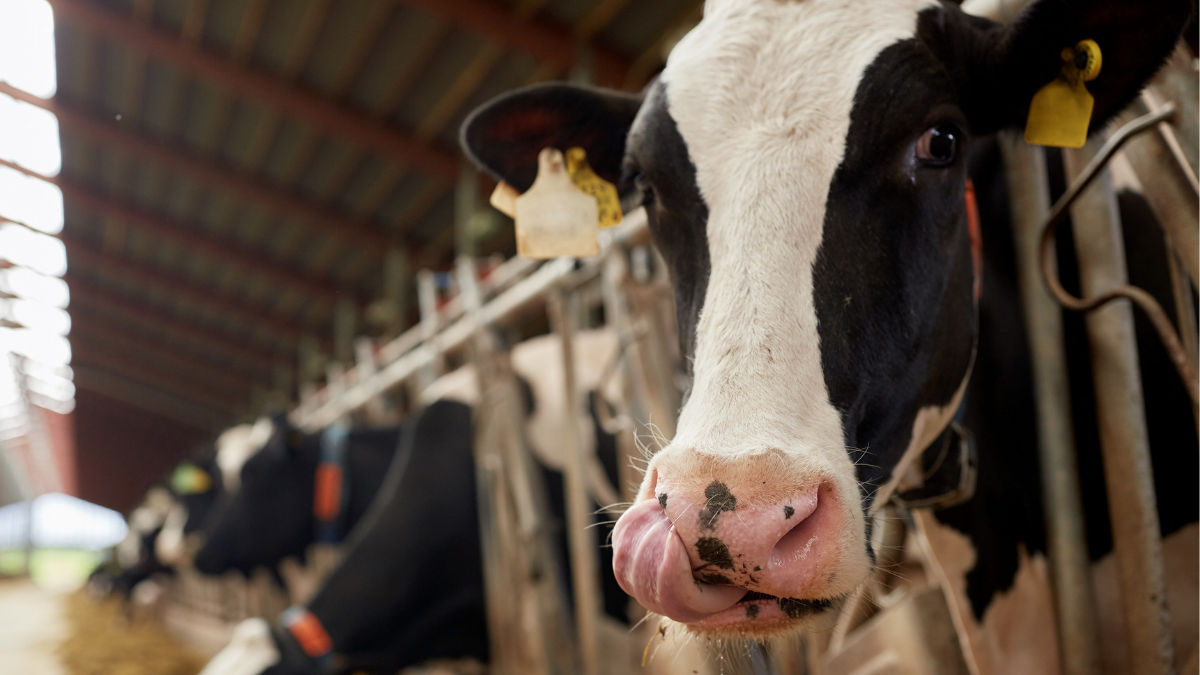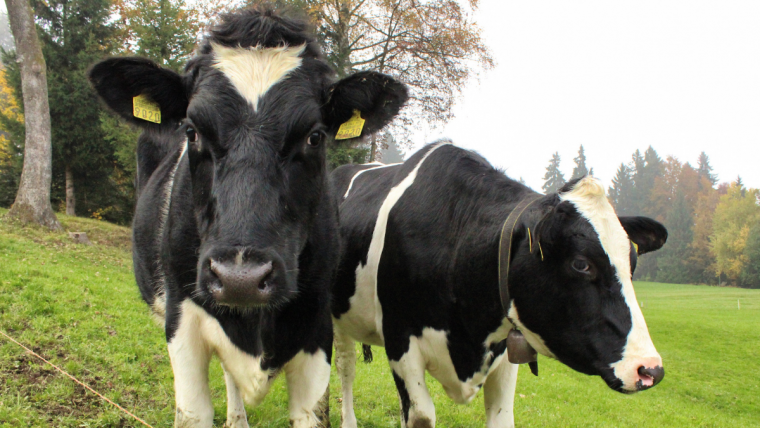Liver Metabolism & Fatty Liver Syndrome: Managing the Transition Period of the Modern Dairy Cow
The liver of the lactating dairy cow approximates to 8-10kg metabolically active tissue whilst Gibb et al (1992) provided evidence of extensive liver hypertrophy during the periparturient period. The liver is the main site for glucose production and with an estimated glucose requirement of 70g/litre milk produced, principally to support lactose production, a cow yielding 40kg milk/day requires a daily output of almost 3kg glucose. This will be sourced primarily by the hepatic conversion of ruminal-derived propionate to glucose, together with some sacrifice of gluconeogenic amino acids when propionate conversion fails to meet total glucose needs. The liver is also important for the disposal of ruminal produced ammonia plus any ammonia arising from the deamination of absorbed amino acids used by the cow for catabolic purposes. The principal outcome of hepatic ammonia removal is urea, most being excreted in urine. At relatively modest ammonia loads, two moles of ammonia will condense to produce one mole of urea, but where ammonia load is increased, an alternative pathway, involving donation of one NH2 group from an amino acid may be stimulated, the net result being an associated loss of amino acids from the circulatory system.
The liver also plays a key role in fat metabolism. The modern dairy cow is likely to mobilise significant amounts of body fat during early lactation when feed intake (primarily energy supply) fails to meet total requirements and has been estimated to be as much as 60kg in some high yielding cows. A major role of the liver is to process the non-esterified fatty acids (NEFA) derived from body tissue mobilisation into triacyglycerides (TAG). These are then exported as VLDL (very low density lipoproteins) to other metabolically active sites (e.g. udder) or alternatively, the NEFA can be oxidised within the liver. Where oxidation is complete, carbon dioxide is the principal end product, but ketone bodies are produced when oxidation capacity of the liver is exceeded. As NEFA supply to the liver increases further, the ability of the liver to dispose of these either by oxidation or export as VLDL will become limiting, resulting in a significant accumulation of TAG in liver cells which in turn gives rise to fatty liver syndrome. Under extreme conditions, the level of accumulation may approach 500g fat/d, and at this rate of accumulation the liver would become totally saturated with fat in less than 2 weeks. In such situations, it was found cellular TAG concentration to have negative effect on urea production, reporting a 50% decline as cellular TAG concertation increased from less than 3 to 25mg TAG/mg liver DNA. It has been estimated that 60% of UK cows had more than 7.5mg TAG/mg DNA on day 1 post-partum, which would amount to a 20% reduction in the ability of the liver to convert ammonia to urea.
Such effects could partly explain some of the early lactation feed inappetence problems found in many cows. It has been reported that high ammonia levels in cerebrospinal fluid associated with high liver TAG levels and an associated development of hepatic encephalopathy, leading to lost appetite, general depression, recumbence and in extreme cases, coma. The situation is similar with respect to glucose production from ruminal derived propionate, where it was showed high liver fat levels caused a 40% reduction in glucose output. In a similar situation, it showed an even greater reduction in the extent of propionate conversion to glucose when ammonia load was increased.
One major implication of lipid overload on the liver is the production of ketone bodies due to failure of the liver to completely oxidise the increased supply of NEFA. It showed cows which developed ketosis had liver TAG levels 8 times higher than unaffected cows whilst it was showed ketosis cows had an increased risk of mastitis due to reduced production and activity of neutrophils. Furthermore, when cows with fatty livers were experimentally challenged with E coli, a significant increase in the time taken to clear this infection was noted, suggesting such cows had a compromised immune system.
To avoid such problems, either the load of mobilised fat presented to the liver must be reduced or the processing capacity of the liver increased. Nutritional strategies to reduce body fat mobilisation are emerging (promote feed intake by better diet formulation, reduce tissue mobilisation by reduced dietary protein levels) but mobilisation of some body fat will be inevitable in almost all cows during early lactation. The alternative strategy to increase the metabolic capacity of the liver with respect to fat relies heavily on increasing the export of TAG as VLDL. It has been indicated that the provision of additional methionine or methionine and lysine reduced total liver TAG levels as well as plasma ketones. Other studies have shown choline to be an important substrate in the synthesis of phospholipids by the liver, it did report an increased supply of ruminal protected choline caused a substantial reduction in liver TAG levels, when measured at calving and day 21 of lactation.
Recently, a commercial product based on ruminal protected choline along with biotin, folic acid, vitamin B12 and gluconeogenic supplements (propylene glycol and propionate salts) was shown to improve performance during the first 22 weeks of lactation, with associated improvements in fertility and reduced mastitis. It may appear that this strategy is conferring benefits related to the health of the cow’s liver, but given the number of nutrients contained in the product it is difficult to establish the exact cause. As indicated, the product also contains biotin which stimulates pyruvate carboxylase activity, which in turn catalyses the hepatic glucose production from lactate and amino acids. In this respect, it showed a marked increase in lactate production by the liver from the dry period through to lactation day 83, with peak production at day 11 being more than double the output noted at day 83, which coincides with other studies which have shown plasma biotin levels to be reduced at day 25, compared with day 100. Whatever the mechanisms, these studies suggest real opportunities to improve hepatic function and provide evidence of substantial improvements in milk yield when cows received 20mg/day biotin supplement.
Author: Denis Dreux



























